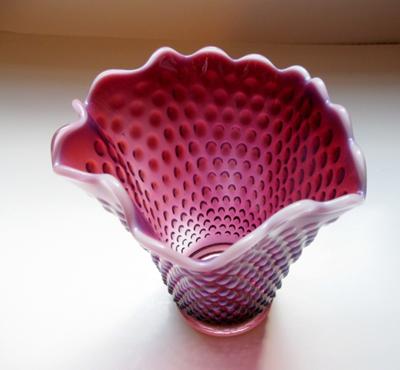What started all this off was when I saw the new movie Tintin, yesterday. It was a pretty ordinary movie, as these things go, but apart from all that at the centre of the plot is some sort of gold treasure. This is described as "four hundredweight of gold" which is depicted in the film as a secret hold in a wooden ship about 1 foot deep in gold coin and assorted jewels and treasures. This brings my to my first factoid:
1. Gold is much denser than is generally supposed.
Most people's experience with the density of metals comes from steel. When we pick up an aluminium object, at least, when I do, I often get "tricked" by how light it is, especially if I can't see what colour the metal is. Iron and most steels hover around the 7.8 g/cc mark, meaning that a cubic meter of them would weigh 7.8 tonnes. Put another way, a tonne would occupy 128 L of volume, or a cube 50 cm on a side. Gold is considerably denser than iron, at more than 19 g/cc. A one tonne cube of gold, should you ever be unlucky enough to be asked to move one, would be just over 37 cm on a side. This means that the amount of gold depicted in the Tintin movie is something like 10 or 20 tonnes, way more than the 200 kg or so that "four hundredweight" would represent.
This also makes gold dangerous, specifically, the types of gold bars used to store gold in vaults. The bars in the Fort Knox depository each weigh about 12.5 kg and are only an 4.5 cm wide, so you can imagine crushing a finger by dropping one just a small distance. The heaviest bar ever made weighs 250 kg and if I remember correctly, if you can pick it up you can have it.
You'd look pretty stupid with that for a hand, though
2. Gold is inert.
Most people do know this one, but it's actually pretty amazing just how reluctant gold is to do anything, chemically speaking. Not many metals could shrug off a bath of concentrated sulphuric acid or caesium hydroxide solution (dissolves glass, your dog etc), but gold can. That's all I can say without being boring about this one. This is one of the reasons we plate quite a lot of gold onto electrical connections. It doesn't help conductivity much per se but it does prevent corrosion forming that would affect the conductivity of the join.
3. Gold is soft.
Gold is by no means the softest metal around, but it is pretty limp for a metal that is often used to make objects out of. That's why in some movies about the old West you see people biting gold coins. If you bit into an iron coin plated with gold then it would not leave teeth marks but gold will flow even under this modest pressure. This also makes it lovely for making fine jewelery, since you don't need a hammer to make it do the intricate shapes.
4. Gold is malleable.
This might seem like the same thing as soft, but the two are only slightly related. Malleability is the tendency of a metal to remain soft as you work it. Copper, while quite soft is not very malleable. It will work harden into something impossibly unworkable, but gold will keep on flowing smoothly and evenly no matter how much you hammer it. This means you can hammer (or roll, these days) gold into incredibly thin sheets or wires.
5. Gold is an exceptional heat reflector.
Many times you will see gold foil in a satellite. The Lunar Module had quite a lot of gold foil on it as well, and the reason for this is that gold is the best way to stop heat radiation, or to reflect it, more precisely. This also means that it is used in some top end race cars and F1 cars around the engine bay, to prevent the heat generated by the engine from leaking out and damaging sensitive part of the car. Satellites are similarly protected from the intense heat radiation coming from the Sun.

Of course, not every satellite is made entirely of gold
6. Gold supports surface plasmons.
This is really esoteric for most people, but the practical upshot is that you can use gold to make red glass:
 This is also called cranberry glass, and its rather nice colour comes not from gold ions but very small particles of gold embedded in the glass. So if you divide this yellow metal up finely enough, it begins to appear red. Silver also does something similar but most glass colouring as a result of the presence of metals invove their ions, not nanoparticles, making this type of glass fairly unique.
This is also called cranberry glass, and its rather nice colour comes not from gold ions but very small particles of gold embedded in the glass. So if you divide this yellow metal up finely enough, it begins to appear red. Silver also does something similar but most glass colouring as a result of the presence of metals invove their ions, not nanoparticles, making this type of glass fairly unique.

No comments:
Post a Comment